Many cat’s owner knows they are love to groom themselves without us. The average cat actually spends between of 40 to 60 percent of their day self-grooming. After all there’s some situation need our helps.
Teke care of proper grooming is essential for your cat, that helps keep your cat’s coat, skin, and teeth spotless and also allows for early detection of any potential health issues. In this article, we’ve assembled our top 15 cat grooming tips for cats to ensure they remain clean, comfortable, and content.
1. Start Grooming Early:
Introduce grooming routines to your cat from a young age. This helps them become usual to being handled and makes grooming a familiar and enjoy the process.
2. Establish a Routine:
Create a regular grooming schedule that fits your cat’s needs and coat type. Consistency is key to maintaining their grooming habits effectively.
3. Use Cat-Specific Grooming Tools:
Invest in high-quality and proper grooming tools designed specifically for cats. This includes brushes, combs, nail clippers, and toothbrushes. Using the right tools provides a safe and comfortable grooming experience.
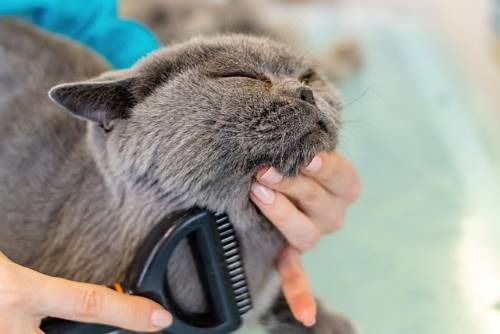
4. Brush Regularly:
Brush your cat’s coat regularly to remove loose hair, remove dirt, and dead skin, prevent matting, and spread natural oils in the hair. Short-haired cats generally need brushing once or twice a week, while long-haired cats may need daily brushing, which helps prevent hairballs.
5. Check for Mats:
After the brushing process, check first for mats or tangles in your kitty fur. Use a comb or mat splitter to gently remove any knots, being careful not to tug or pull on the hair.
6. Monitor and Trim Nails:
Regular nail trims are important to prevent overgrowth and discomfort. Trim your cat’s nails every few weeks, be sure to avoid cutting into the quick, and stick to trimming just the sharp tip of your cat’s claws. If you find this process difficult, consult a veterinarian or a professional groomer for assistance, and also offer other cat grooming services.
7. Introduce Tooth Brushing:
Introduce tooth brushing to your cat’s routine to maintain good oral hygiene and gum health. Use a toothbrush and toothpaste specifically for cats, and start by gradually acclimating your cat to the process.
8. Clean the Ears:
Check your cat’s ears regularly for dirt, discharge, or signs of infection. Apply a vet-recommended ear cleaner to a soft cloth or cotton ball to gently clean the outer part and the underside of the ears. During the process, be sure to avoid the ear canal, as it’s very sensitive to any probing or pressure.
9. Check Eye Health:
Keep an eye on your cat’s eyes for signs of discharge, redness, or swelling. If you notice any abnormal signs, consult your veterinarian for guidance.
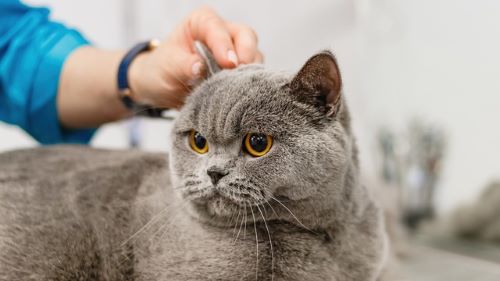
10. Pay Attention to Paw Pads:
Inspect your cat’s paw pads regularly for cuts, debris, or signs of irritation. Keep the paw pads clean and trim any excess hair that may cause discomfort.
11. Introduce Bathing:
While most cats are skilled self-groomers and rarely need baths, some situations may call for a bath. Use cat shampoo instead of human shampoo, because is less drying than human shampoos, and follow proper bathing techniques to ensure a stress-free experience by putting shampoo in the same direction that your cat’s fur grows, from head to tail and avoid getting it in their eyes.
12. Consider Professional Grooming:
If your cat has a particularly challenging coat or requires special grooming procedures (such as lion cuts, comb cut, belly shave, panther cut…), you should be looking for the assistance of a professional groomer.
13. Use Rewards and Positive Reinforcement:
Make grooming a positive experience for your kitten by offering treats, praise, and rewards during and after grooming sessions. This helps create a positive association with the process.
14. Be Gentle and Patient:
Approach grooming with gentleness and patience. Cats may be sensitive to some grooming tasks, so give them breaks and never force them into uncomfortable situations.
15. Watch for Any Behavioral Changes:
Pay attention to any behavioral changes during grooming process. If your cat becomes excessively stressed, agitated, or shows signs of discomfort, consult with your veterinarian to treat any issues.
Conclusion:
Regular grooming is a vital side of cat care, ensuring your feline friend remains clean, healthy, and happy. By use these 15 grooming tips, you can establish a grooming routine that promotes your cat’s well-being while strengthening the bond between you and your furry companion. Remember to approach grooming with patience, offer rewards, and seek professional assistance when needed.

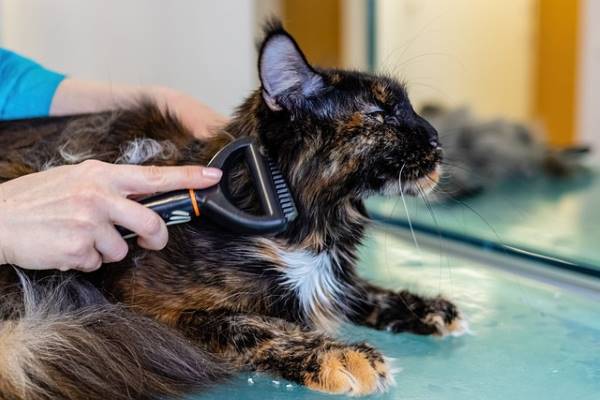
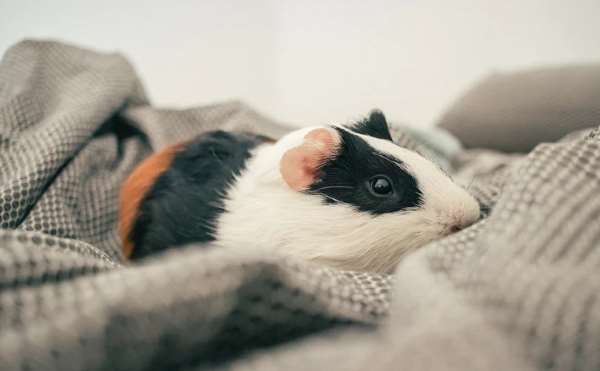
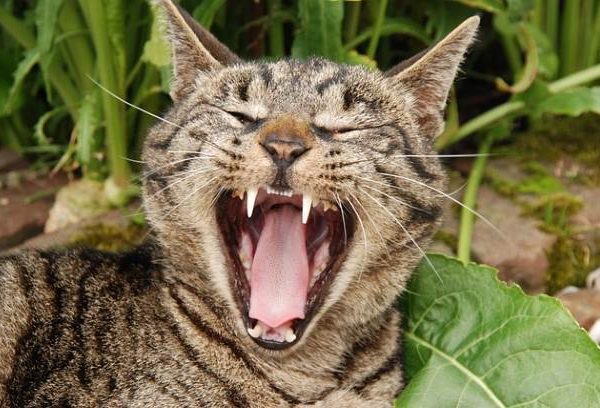
Leave a Comment